Meet Pando, The Largest Living Organism on Earth
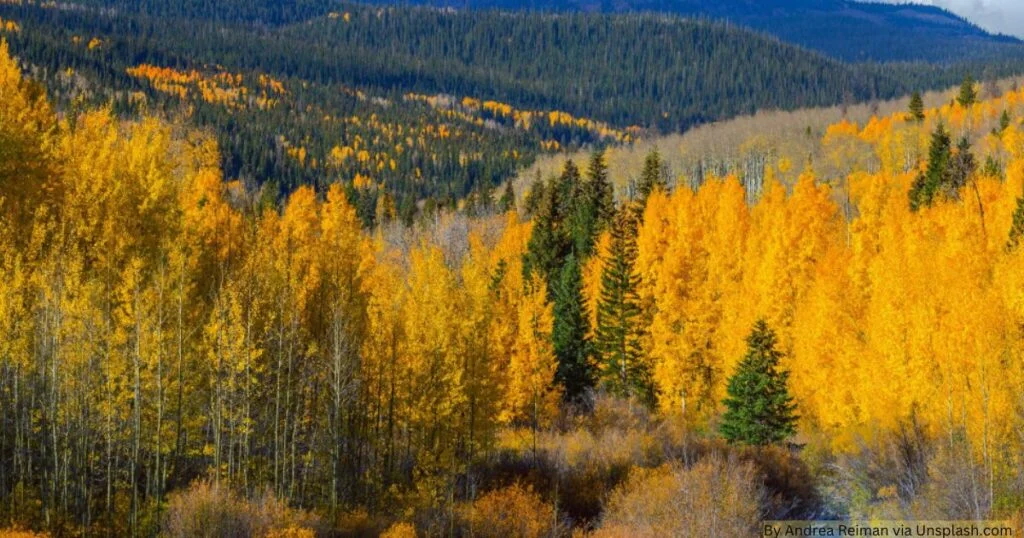
In the heart of Utah, nestled within the Fishlake National Forest, there exists an awe-inspiring natural wonder known to the world as Pando. From a distance, it appears as a beautiful, ordinary forest but a closer look reveals an extraordinary truth – Pando isn’t a typical forest but a forest that is made up of one single tree.
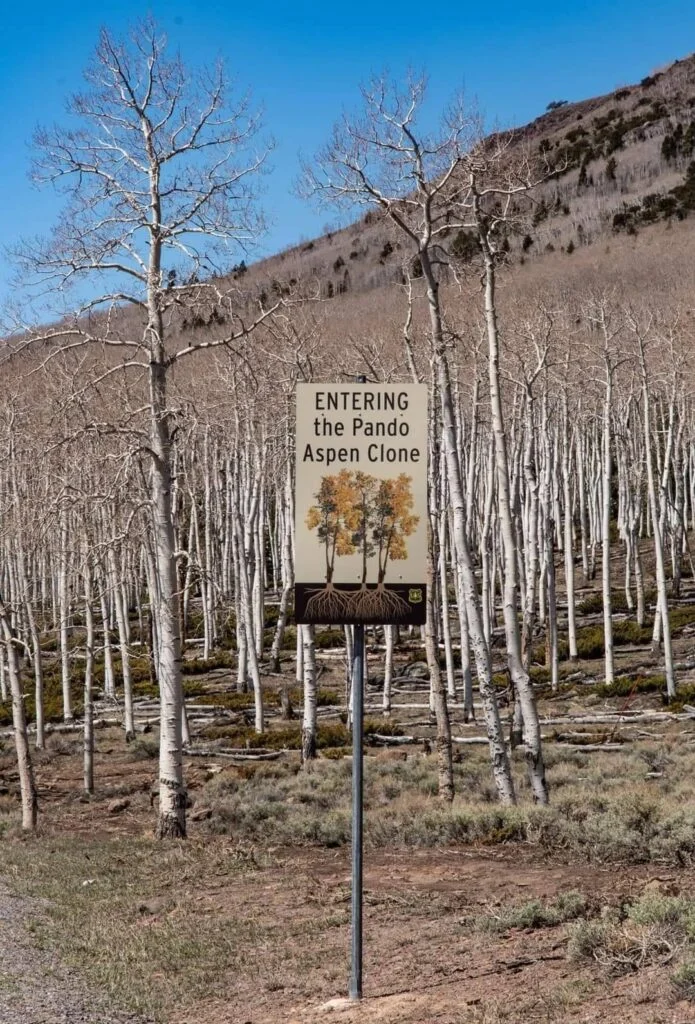
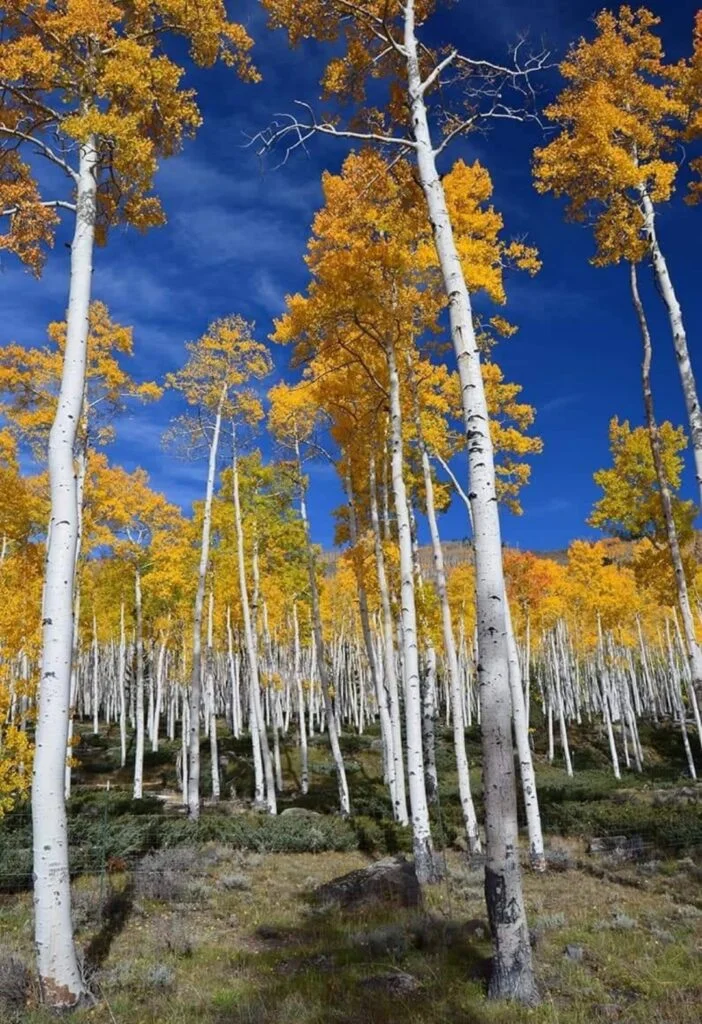
Pando, Latin for “I spread,” is a clonal colony of a single male quaking aspen commonly known as Trembling Aspen, holds the title of the largest living organism on Earth. This remarkable entity isn’t the tallest or biggest tree, instead, it is a collection of trees spanning 43 hectares (106 acres). Comprising 47,000 genetically identical stems, this stand is considered one living organism because all the stems share a collective root system. While the individual trees average 130 years old, the root system itself is 80,000 years old, making it the oldest living organism in the world.
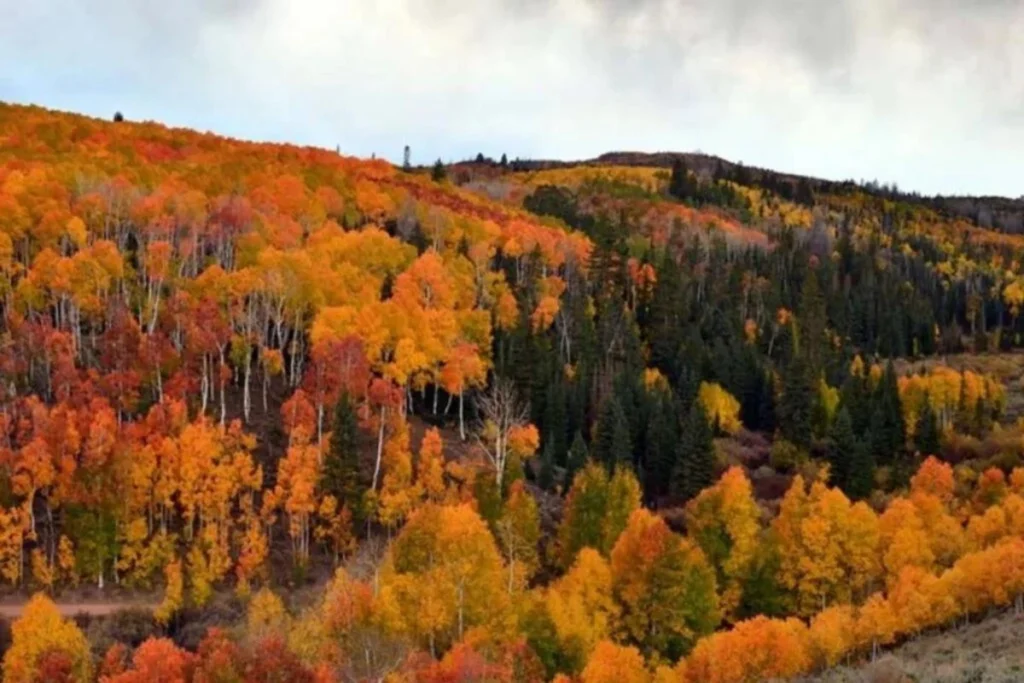
The life of Pando
Pando’s aspen trees mostly reproduce through sprouting new shoots from their vast underground root systems, which results in identical genetic make-up of the offspring. . Every new tree in Pando is a genetic replica of its parent.
Such longevity has also exposed the whole colony to dangers though. The fact that all stems have one genome means that a single disease or pest can easily wipe out an entire colony.
Pando’s longevity is a testament to the incredible resilience of nature. For thousands of years, the forest has faced numerous challenges, including wildfires, herbivore browsing, and changes in climate, especially drought. Yet, Pando has endured, thanks to its ability to rapidly sprout new shoots and regrow from the roots, even after above-ground damage.
Pando continues to amaze and intrigue scientists, conservationists, and nature enthusiasts alike, not only because it is the world’s single largest organism and age but for the profound questions it raises about life, interconnectivity, and survival.
Notably, it is still surprising and fascinating how Pando remains a mystery to scientists, conservationists and nature lovers for being the biggest living organism and one of the eldest on earth but raises questions regarding life interdependence survival itself too.


Pando is an essential habitat for various wildlife, including deer, elk, and songbirds. Additionally, it plays a crucial role in regulating the flow of water in streams and rivers, as well as controlling erosion.
This amazing creature gives us a glimpse into the complexity and wonder of nature. It symbolizes nature’s delicate balance, growth, change, and the intricate use of life. By studying and protecting Pando, we will also learn the enduring secrets and deep connections that define life on our planet.You can visit this amazing station in the Fishland National Forest in Utah.
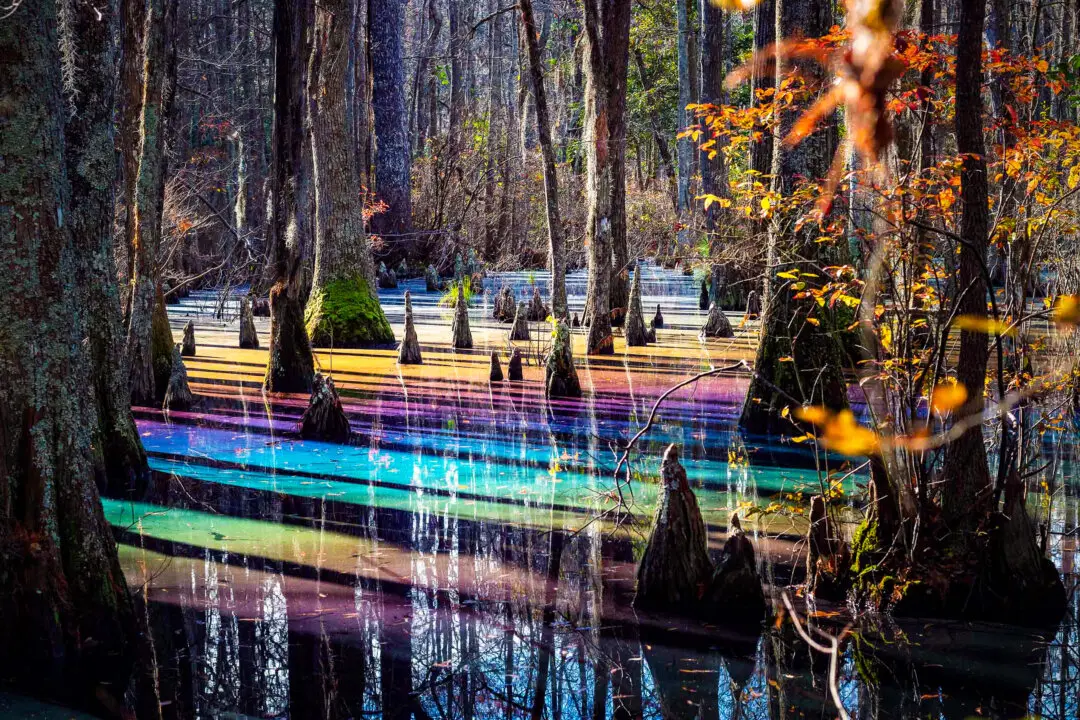


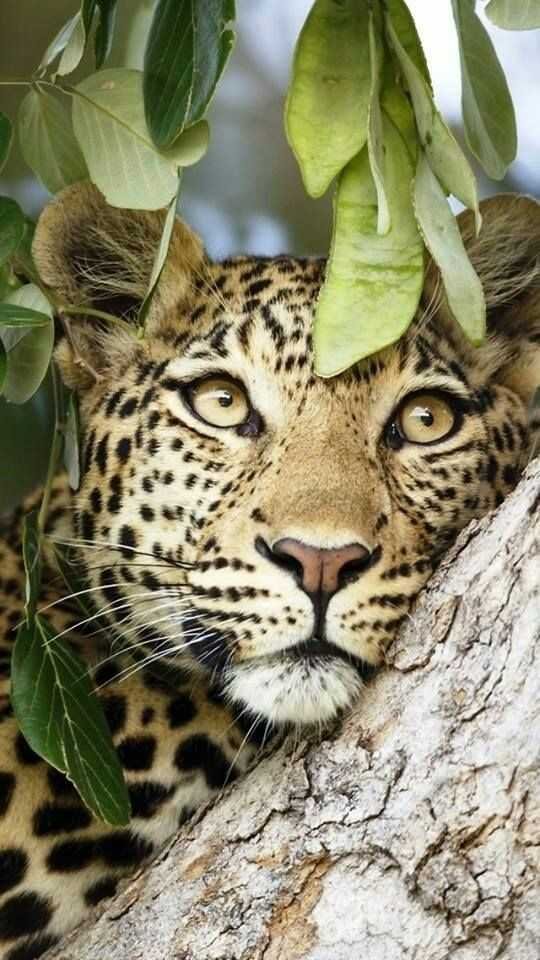
Rosie – feel so BLESSED you wrote & posted this INCREDIBLE story about the MYSTERY & MARVEL of this AMAZING living organism !
How intriguing. I never heard of this. Amazing how Mother Nature works with all of her mystery that we are still finding out each and every day something new.
How can I get a root to propagate in Puerto Rico. Willing to pay costs, please answer by email.
I always say, We are one!
Are there other Pando type forests in the world?
Is a male “quaking aspen” the only type of tree that grows new shoot trees from it’s underground root system?
If I purchased and planted a male “quaking aspen” could I create a pando effect in my yard?
It was a great story until you said 80,000 years, considering the Earth’s age is less than 8,000 years.
Bwwaahhhhaaaaaa don’t be dense. It’s billions of years old and your books is wrong about far more than this.
Awesome and inspiring
Wow – really amazing.
I have lived in Pando, Uruguay for about 15 years, and Uruguay for over 30. Thanks for the information that pando means “to spread” in Latin. I’ll spread the news (pando the news).
Beautiful, those trees look amazing! It’s definitely on my bucket list :*)
This piece of writing will help the internet people for creating new webpage or even a weblog from start to end.